Microbiome: the mysterious stock exchange in your gut

We want our guts to be filled with a diverse range of mutually beneficial and competitive interactions, a perfect blend of friends, frenemies, and enemies to keep our guts active and body on its toes. Read how networks can help understand these interactions!
Urban nature: decoding connectivity with networks

Rapid urbanization without consideration for the environment is currently threatening urban dwellers. Its effects are exacerbating climate change and the urgency to adapt to our circumstances is growing. Network science may just have the key to solving our multifaceted problems.
From building a family tree to discovering the suspect of a crime
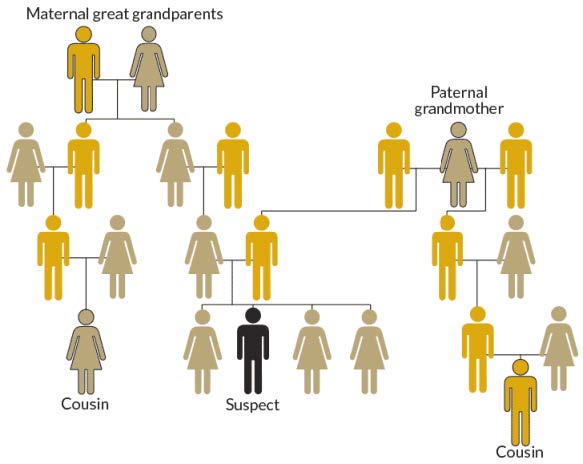
Between 1973 and 1986 multiple rapes and murders were committed in the state of California. Years later the idea was raised that these crimes might be connected. But traditional DNA analysis from the samples found at the crime scenes, could not identify the culprit.
Eavesdropping on cancer

It is quite difficult to extract information from your body. Your body is so vast that millions upon millions of messages get sent and deleted every second. It is impossible to know exactly who said something. The doctor’s main challenge is finding a way to reconstruct the network of interacting cells given the limited information she can measure.
Is a rapidly mutating virus unstoppable?
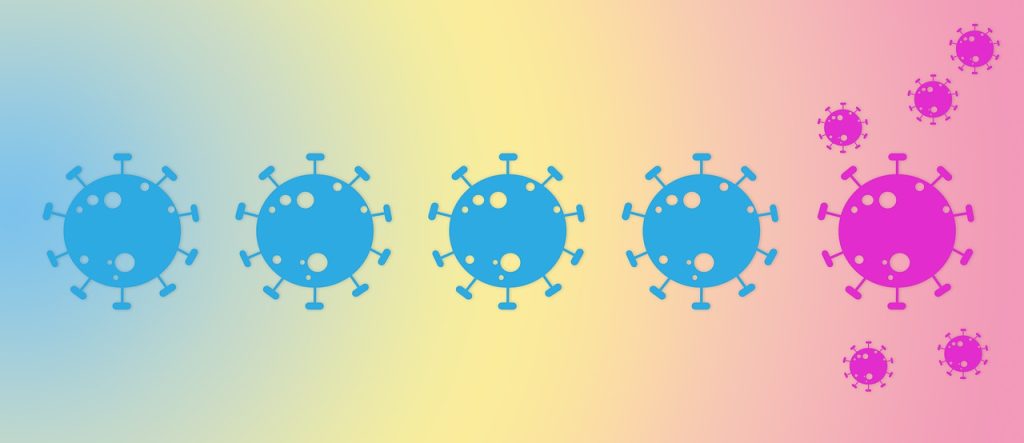
How can one hope to understand the precise structure of a virus if it is able to become unrecognizable within weeks? The mathematics behind this questions didn't let go of my mind for extensive periods of time during my PhD studies in Belgium.
Oscillators and Alzheimer’s
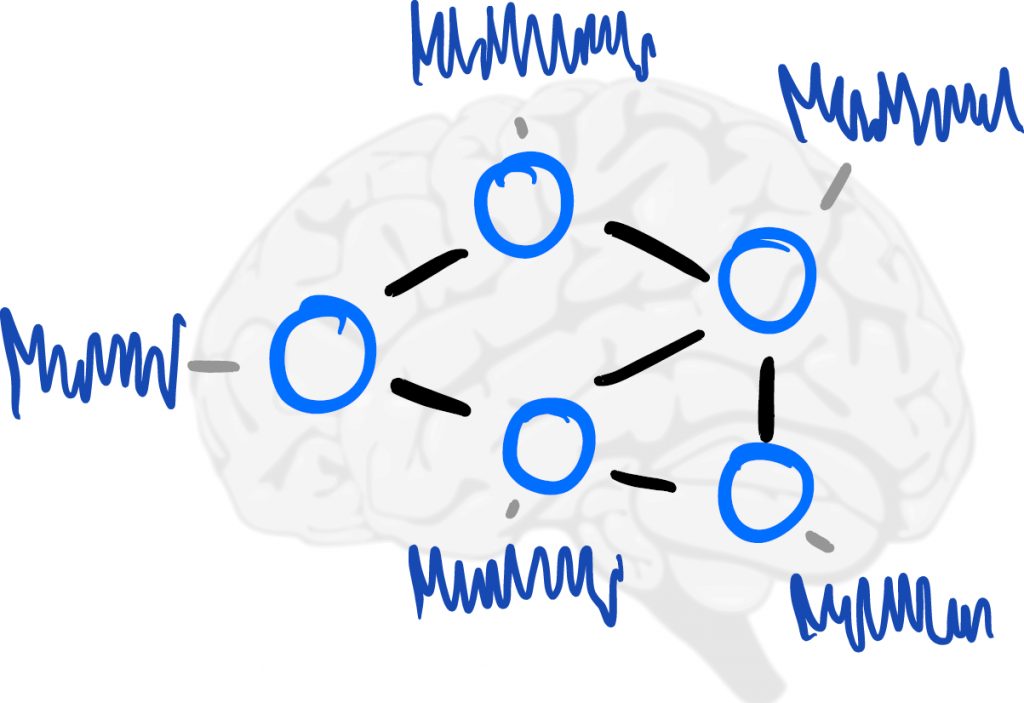
After having a near-fatal accident falling off his horse, Prussian footman Hans Berger (1873—1941) was surprised to learn that his sister had—being kilometers away—him a telegram to let him know that she sensed he was in grave danger.
The seed bank, a hidden storage of genetic diversity

On 18 November, Margriet Oomen obtained her PhD cum laude from the University of Leiden. Margriet did mathematical research into the influence of the seed bank on the genetic diversity of a population. In the press release of Leiden University, written by Dorine Schenk, we read: "Each year, poppies disperse seeds that grow into a new generation of […]
DNA self-assembly gives birth to new mathematics
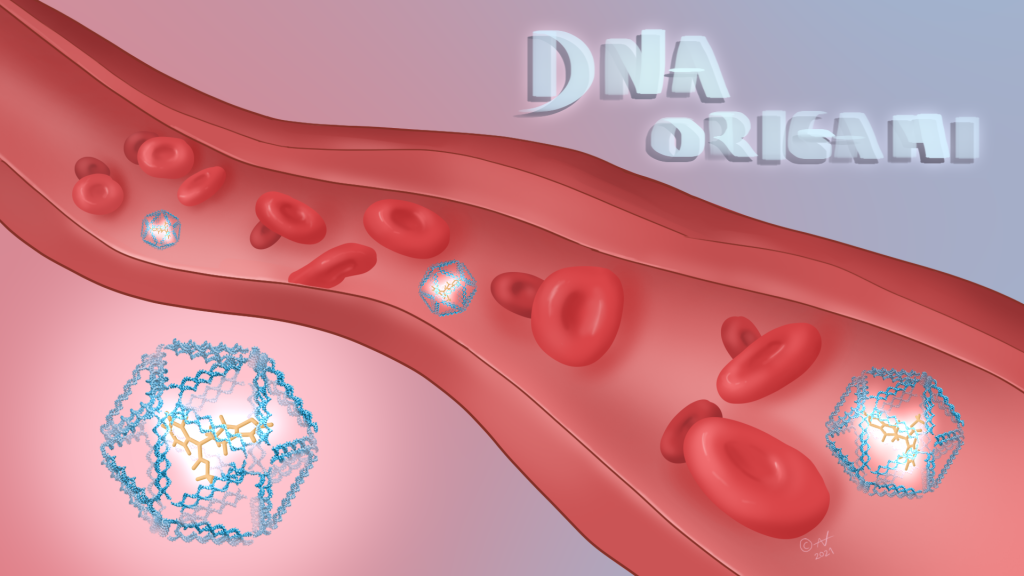
At this very moment, the emergent science of DNA self-assembly is giving birth to a new field of mathematics that might be called DNA-mathematics. Cleverly constructed DNA molecules will self-assemble into pre-determined complex structures when placed in solution together.
Not all jet-lags are the same

The part of the brain that controls the sleeping cycle is made up of two groups of neurons. In order for you to be able to sleep at night, the activity of these neurons needs to be synchronized with the cycle of the sun (e.g. active during the day and inactive at night). When you abruptly change the cycle of the sun (by flying to New York) these two groups need to re-synchronize to the new sun-cycle.
A multi-objective fight against prostate cancer
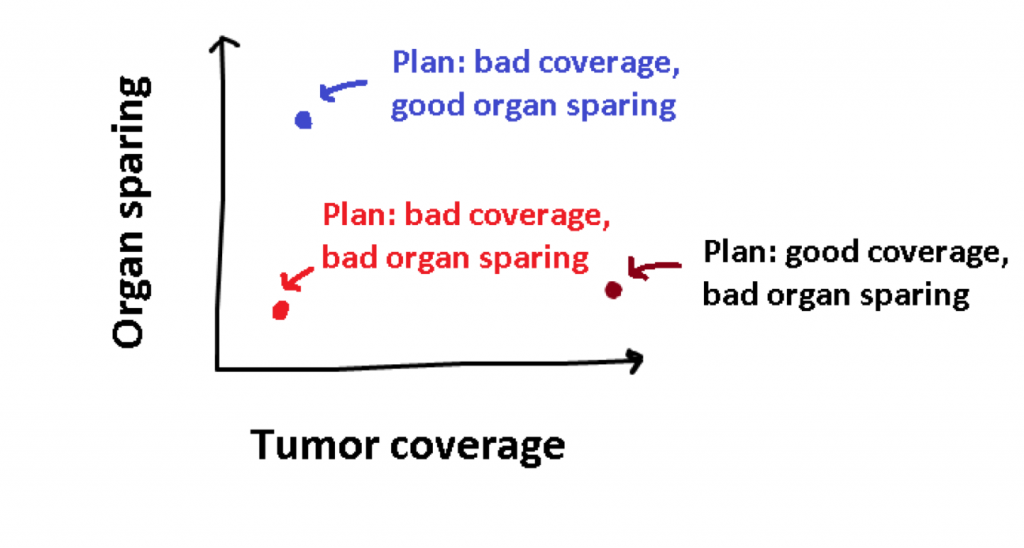
Evolutionary algorithms help physicians in the Amsterdam UMC to make treatment plans for prostate cancer patients. A commonly applied treatment against cancer is radiation therapy. In radiation therapy, or radiotherapy, ionizing radiation dose is delivered to the cancer cells. One form of radiotherapy that is applied in the treatment of prostate cancer is brachytherapy.
